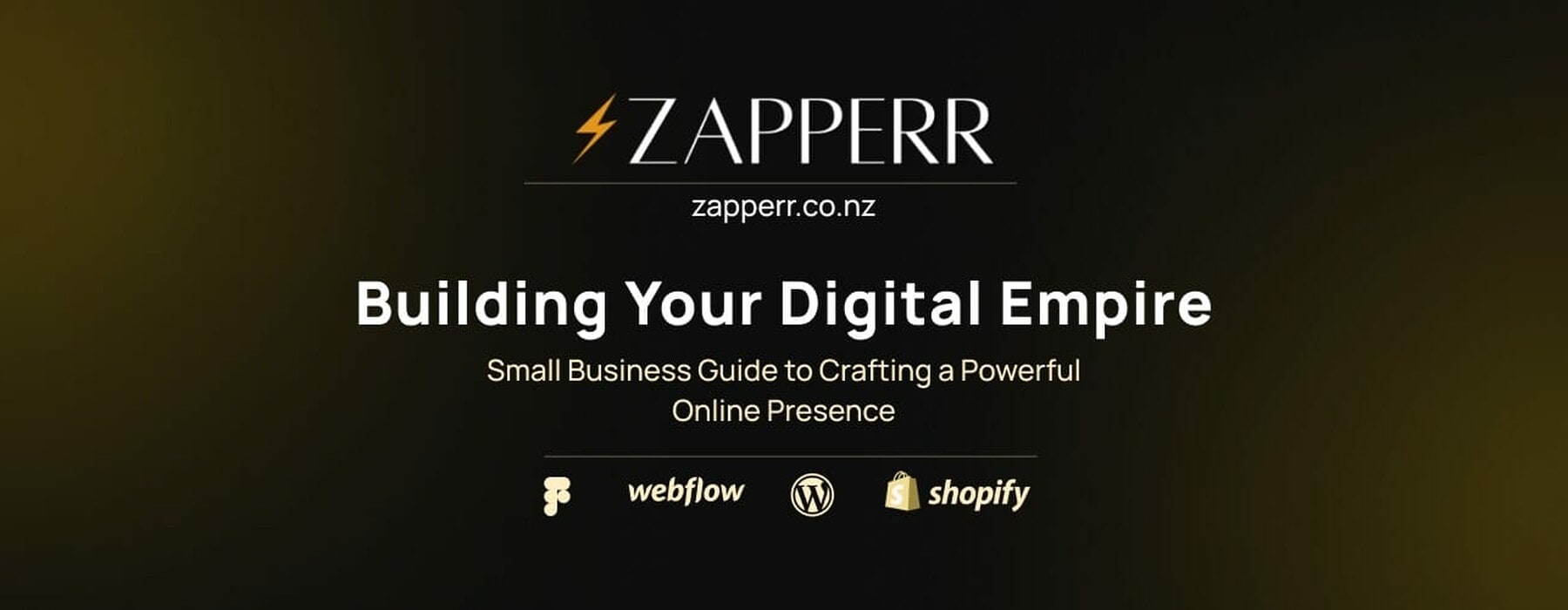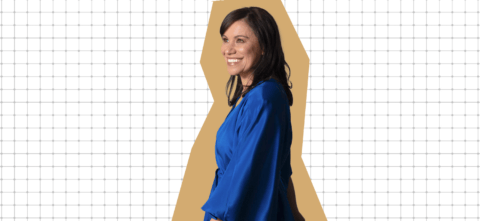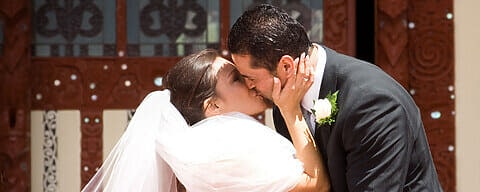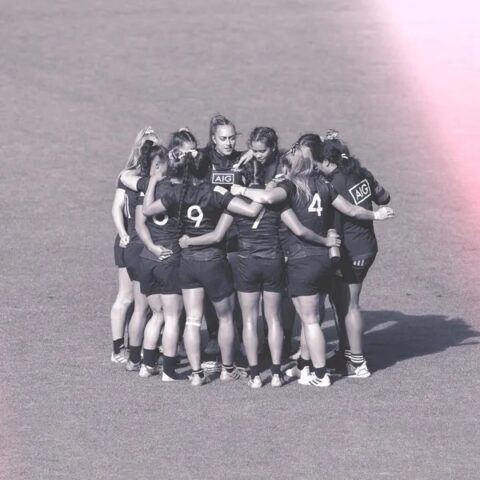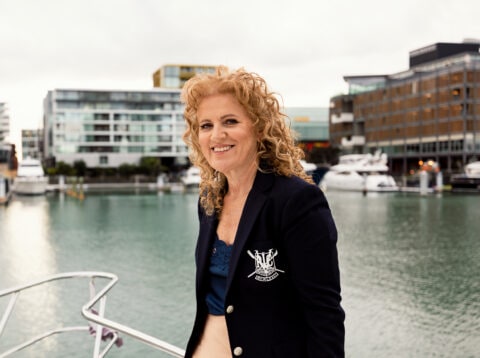We know weaving as the binding of textiles, but it also has important symbolic meaning, says Stacey.
I proudly pulled my laptop out of its new raranga (woven cover) to write this, smelling the still-fresh scent of harakeke (flax). When I saw this ingenious creation by Whaea Judy Robson-Deane, I was a keen buyer and asked her to make me one. If you’re overrun with orders now, Whaea, mō taku hē (sorry!)
Whaea Judy weaves each side and a clasp, then expertly sews everything together to perfectly accommodate a laptop. The skill and innovation of weavers is something I admire and hope to one day emulate. At the moment, I can’t weave much at all, although I’m learning through a fellow school māmā who is kindly teaching us to whatu kākahu (hand-weave a kākahu – a cloak or garment for our kids to wear when graduating).
I’m very worried I’m going to be that parent who doesn’t finish theirs in time, but that’s no reason not to try! Weaving arts are the domain of atua wāhine (female deities), including Hineteiwaiwa. She also inspires and embodies our childbirth and mothering, which is another form of weaving as I see it, weaving whānau together.
I always feel proud when my husband mentions the following whakataukī (proverb) about weaving and carving as a metaphor for the interactive nature of female and males: Mā te whāriki ka mana te whakairo, mā te whakairo ka mana te whāriki (the woven mat elevates the prestige of the carving and the carving elevates the prestige of the woven mat).
Women are represented as the whāriki, and men as the whakairo, as usually those are the arts each gender creates. This whakataukī reminds us that, ideally, men and women compliment and elevate each other. I’m sure you can see why I like it when he says that!
As I say, I’m not an expert in these arts, but they are in my blood. Both my kuia (grandmothers) were weavers, and I have a feathered kākahu my nana, who emigrated from England, made. Nana Joyce loved Māori arts and crafts, so learned how to weave and even performed in the local “Māori culture club” as kapa haka was called in the 1970s. As master artist Veranoa Hetet says, we now tend to call all cloaks korowai, when in fact they have their own distinct names depending on the use, where on the body they’re worn and what decoration they have. Korowai is a specific type of kākahu that features hukahuka (tassles). As long as it bears hukahuka, it’s a korowai, she says, even if it has feathers and tāniko (hand-woven pattern work).
There are also different types of kete, although any woven bag tends to be called that these days. A pīkau is a backpack that’s woven, including the over-shoulder straps. Kete whakairo are the most finely woven and patterned kete, and each pattern has
a name too.
Woven decorations are often where people start, and maybe Matariki saw your children being taught to make whetū harakeke (flax stars). Whenever I see putiputi harakeke (woven flax flowers), I think of my kuia too, who taught many people to make them. Part of the weaving is also the weaving together of learners, teachers and lovers of our beautiful traditional arts.

